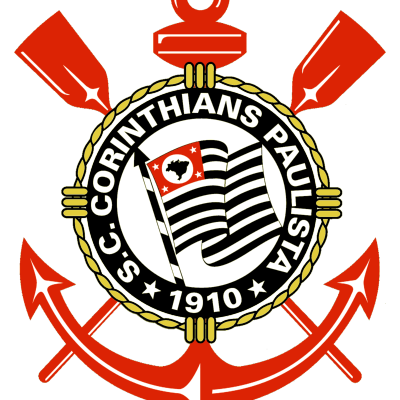Improved Infinispan Docker image available

The Infinispan Docker image has been improved, making it easier to run Infinispan Servers in clustered, domain and standalone modes, with different protocol stacks.
In this blog post we’ll show a few usage scenarios and how to combine it with the jgroups-gossip image to create Infinispan Server clusters in docker based environments.
Getting started
By default, the container runs in clustered mode, and to start a node simply execute:
Bringing a second container will cause it to form a cluster.The membership can be verified by running a command directly in the newly launched container:
Example output:
Using a different JGroups stack
The command above creates a cluster with the default JGroups stack (UDP), but it’s possible to pick another one provided it’s supported by the server. For example, to use TCP:
Running on cloud environments
We recently dockerized the JGroups Gossip Router to be used as an alternative discovery mechanism in environments where multicast is not enabled, such as cloud environments.
Employing a gossip router will enable discovery via TCP, where the router acts as a registry: each member will register itself in this registry upon start and also discover other members.
The gossip router container can be launched by:
Take note of the address where the router will bind to, it’s needed by the Infinispan nodes. The address can be easily obtained by:
Finally, we can now launch our cluster specifying the tcp-gossip stack with the location of the gossip router:
Launching Standalone mode
Passing an extra parameter allows to run a server in standalone (non-clustered) mode:
Server Management Console in Domain mode
Domain mode is a special case of clustered mode (and currently a requirement to use the Server Management Console), that involves launching a domain controller process plus one or more host controller processes. The domain controller does not hold data, it is used as a centralized management process that can replicate configuration and provision servers on the host controllers.
Running a domain controller is easily achievable with a parameter:
Once the domain controller is running, it’s possible to start one or more host controllers. In the default configuration, each host controller has two Infinispan server instances:
The command line interface can be used to verify the hosts managed in the domain:
It should output all the host names that are part of the domain, including the master (domain controller):
To get access to the Management console, use credentials admin/admin and go to port 9990 of the domain controller, for example: http://172.17.0.2:9990/
Versions
The image is built on Dockerhub shortly after each Infinispan release (stable and unstable), and the improvements presented in this post are available for Infinispan 9.0.0.Alpha3 and Infinispan 8.2.3.Final. As a reminder, make sure to pick the right version when launching containers:
Getting involved
The image was created to be flexible and easy to use, but if something is not working for you or if you have any suggestions to improve it, please report it at https://github.com/jboss-dockerfiles/infinispan/issues/
Enjoy!
Get it, Use it, Ask us!
We’re hard at work on new features, improvements and fixes, so watch this space for more announcements!Please, download and test the latest release.
The source code is hosted on GitHub. If you need to report a bug or request a new feature, look for a similar one on our GitHub issues tracker. If you don’t find any, create a new issue.
If you have questions, are experiencing a bug or want advice on using Infinispan, you can use GitHub discussions. We will do our best to answer you as soon as we can.
The Infinispan community uses Zulip for real-time communications. Join us using either a web-browser or a dedicated application on the Infinispan chat.





